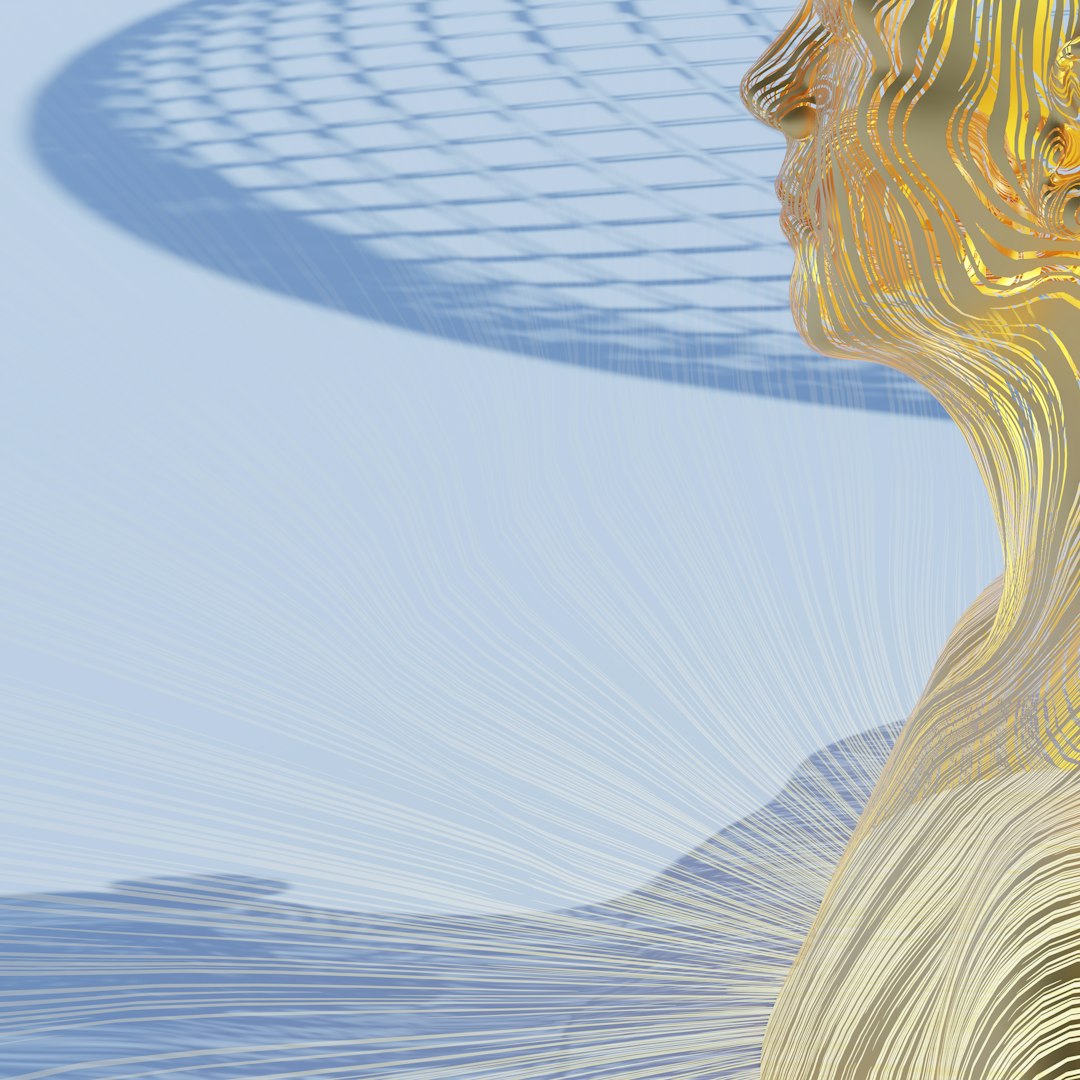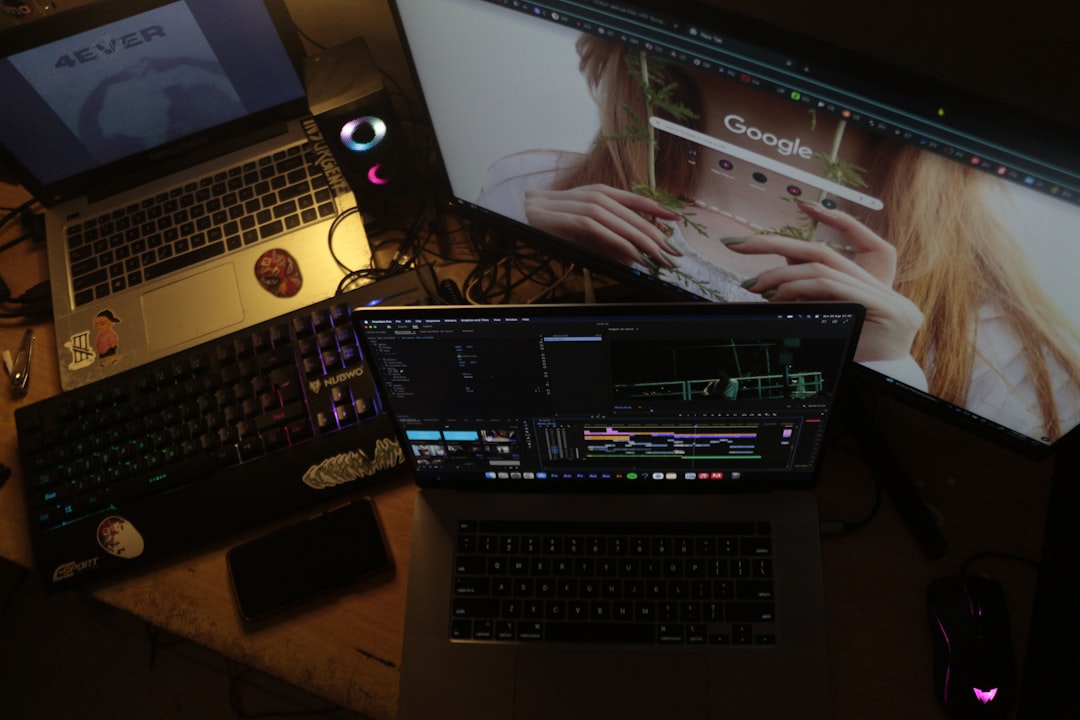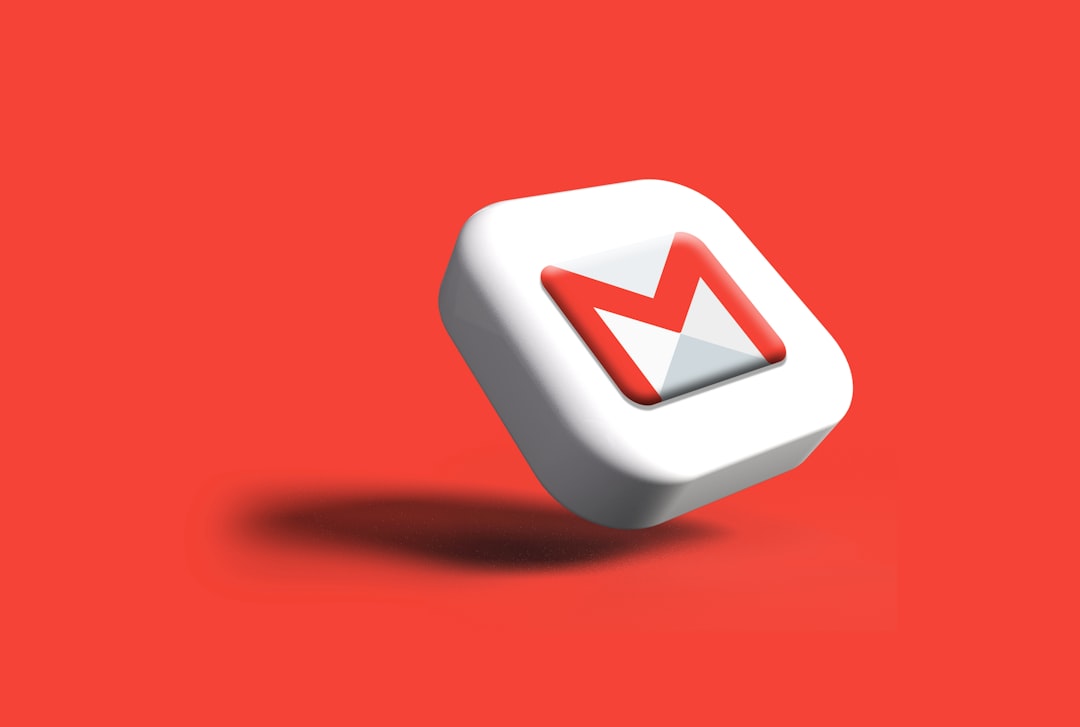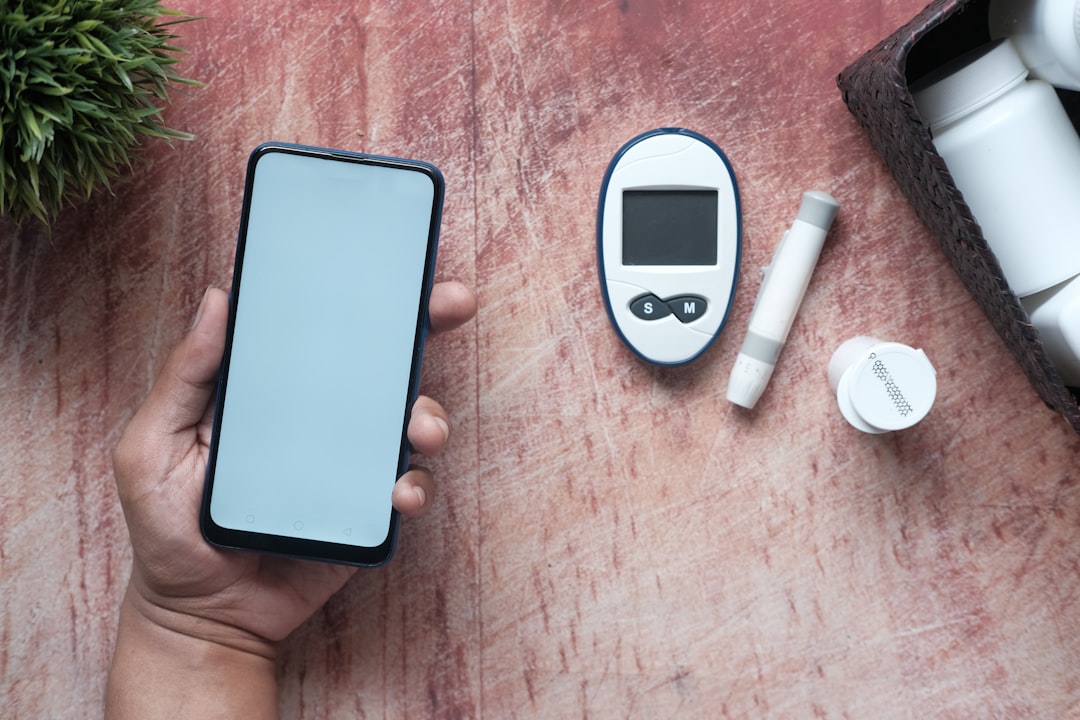In today’s fast-paced digital landscape, visual content reigns supreme. For marketers, compelling imagery is not just a luxury — it’s a necessity. The rise of artificial intelligence has revolutionized how marketers create and use images. In 2025, several powerful AI image tools are helping professionals generate stunning visuals without spending a dime. Whether it’s for social media, blog posts, or ad creatives, these tools are transforming workflows, cutting costs, and boosting engagement.
Why AI Image Tools Matter for Marketers
Marketing depends heavily on storytelling and aesthetics. Audiences today are immersed in a world of visual stimuli: Instagram feeds, video ads, stories, and reels. To cut through the noise, brands need more than good copy—they need visual excellence. AI-powered image tools cater to this demand by offering:
- Speed: Creating images in seconds versus hours of traditional design.
- Cost-efficiency: No need to hire professional designers for every campaign.
- Scalability: Produce hundreds of variations effortlessly for A/B testing.
Top Free AI Image Tools for Marketers in 2025
Here is a curated list of the best free AI image tools that marketers can leverage to supercharge their visual content strategies.
1. Adobe Firefly
Adobe Firefly has emerged as a favorite among creative professionals due to its ease of use and integration with the Adobe ecosystem. The tool allows users to generate high-quality images using simple text prompts.
Key Features:
- Text-to-image generation in various art styles
- Brand-safe AI training data
- Real-time image inpainting and background replacement
Its intuitive UI and professional output make it ideal for marketers who want quality without needing formal design skills.

2. Canva AI Image Generator
Canva’s AI Image Generator allows users to describe what they want visually, and the AI does the rest. It’s embedded within Canva, a platform already loved for its drag-and-drop design interface. This makes it perfect for social media managers and content creators working on tight deadlines.
Key Features:
- Prompt-based generation using plain language
- Automatic design layout suggestions
- One-click image resizing for different platforms
The free version supports basic generation with watermarking, making it a viable option for prototyping or internal use.
3. Microsoft Designer (formerly Clipchamp)
Microsoft’s AI-powered design tool offers surprisingly rich functionality for those already in the Office ecosystem. Designer enables marketers to create promotional images, ads, and social posts using a combination of templates, design suggestion AI, and direct image generation.
Key Features:
- Automatic layout and image suggestions
- Linked content library from OneDrive
- Seamless integration with Word and PowerPoint
This tool is particularly effective for small-to-mid-size marketing teams looking for quick and coherent branding assets.
4. Runway ML
Runway ML specializes in creative video and image workflows powered by AI. While much of its rich feature set is in the paid tier, the free plan lets marketers experiment with its basic AI image tools, particularly for background removal and style transfer.
Key Features:
- Image-to-video and prompt-to-video tools
- Generative fill editing
- Template-based image refinement
Runway ML is great for experimental marketing and viral content projects, appealing to marketers willing to push creative boundaries.

5. Craiyon (formerly DALL·E Mini)
Craiyon offers a lightweight, browser-based experience for text-to-image generations. While it may not match the fidelity of more advanced tools, it’s free and great for generating conceptual mockups or humorous content.
Key Features:
- No registration required
- Continuous free usage
- Ideal for memes, fun social content, and brainstorming
Marketers looking for quick visual ideas or low-fi fun material will appreciate Craiyon’s simplicity and speed.
Emerging Trends in AI-Driven Image Creation
AI-powered visual design doesn’t stop at static images. In 2025, several trends are transforming how marketers approach creativity:
- Interactive Generation: Tools that allow marketers to tweak specific image components with natural language.
- Style Transfer AI: Create branded visuals by applying a consistent artistic style or theme to any input image.
- Automation Pipelines: AI tools now connect with CRMs, email platforms, and ad networks to auto-generate visuals.
As these trends mature, the integration of AI images into marketing content will continue to evolve, blurring the line between designer and machine.
How to Choose the Right AI Tool for Your Marketing Needs
With so many tools to choose from, here are a few tips to help marketers make an informed decision:
- Audience Fit: Are you creating content for B2B or B2C? Choose tools with templates and styles that reflect your audience’s aesthetic.
- Workflow Integration: Look for tools that fit into your current suite of design, scheduling, and collaboration platforms.
- Output Quality: Test a few images from different generators before choosing the one that offers the best results for your niche.
- Creative Control: Do you want precise editing capabilities or quick-generation? Your answer can guide your tool choice.

Conclusion
AI image tools are no longer experimental—they’re integral components of modern marketing. These free platforms offer immense utility for brands looking to punch above their weight in content creation. From Adobe Firefly’s quality outputs to Canva’s user-driven design approach, marketers have an assortment of platforms to build campaigns that are engaging, agile, and effective. As AI evolves, so too will the power and purpose of these tools. Keeping up with the latest options could become one of the simplest ways to stay ahead in the crowded marketing space.
Frequently Asked Questions (FAQ)
-
Q: Are these AI image tools really free?
A: Yes, all tools listed offer a free tier. However, some limitations might include watermarked images, fewer usage credits, or reduced resolution. Upgrading to premium plans unlocks higher functionality.
-
Q: Can I use these AI images for commercial purposes?
A: This depends on the tool. For example, Adobe Firefly creates images from Adobe’s stock and is safe for commercial use. Always check the licensing agreement to ensure compliance.
-
Q: Which tool is best for social media marketers?
A: Canva’s AI Image Generator is particularly well-suited for social content thanks to its platform-specific templates, ease of use, and export formats tailored to Instagram, Facebook, Twitter, etc.
-
Q: Is any design skill required to use these tools?
A: No, most of these tools are built for non-designers. That said, understanding basic layout and branding principles will enhance the final output.
-
Q: How accurate are text-to-image AI generators?
A: Accuracy depends on the prompt and the tool used. More advanced platforms like Firefly or Designer tend to interpret prompts better, especially when specific keywords or styles are included.



